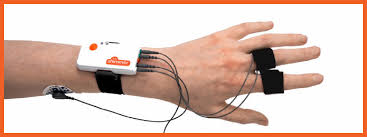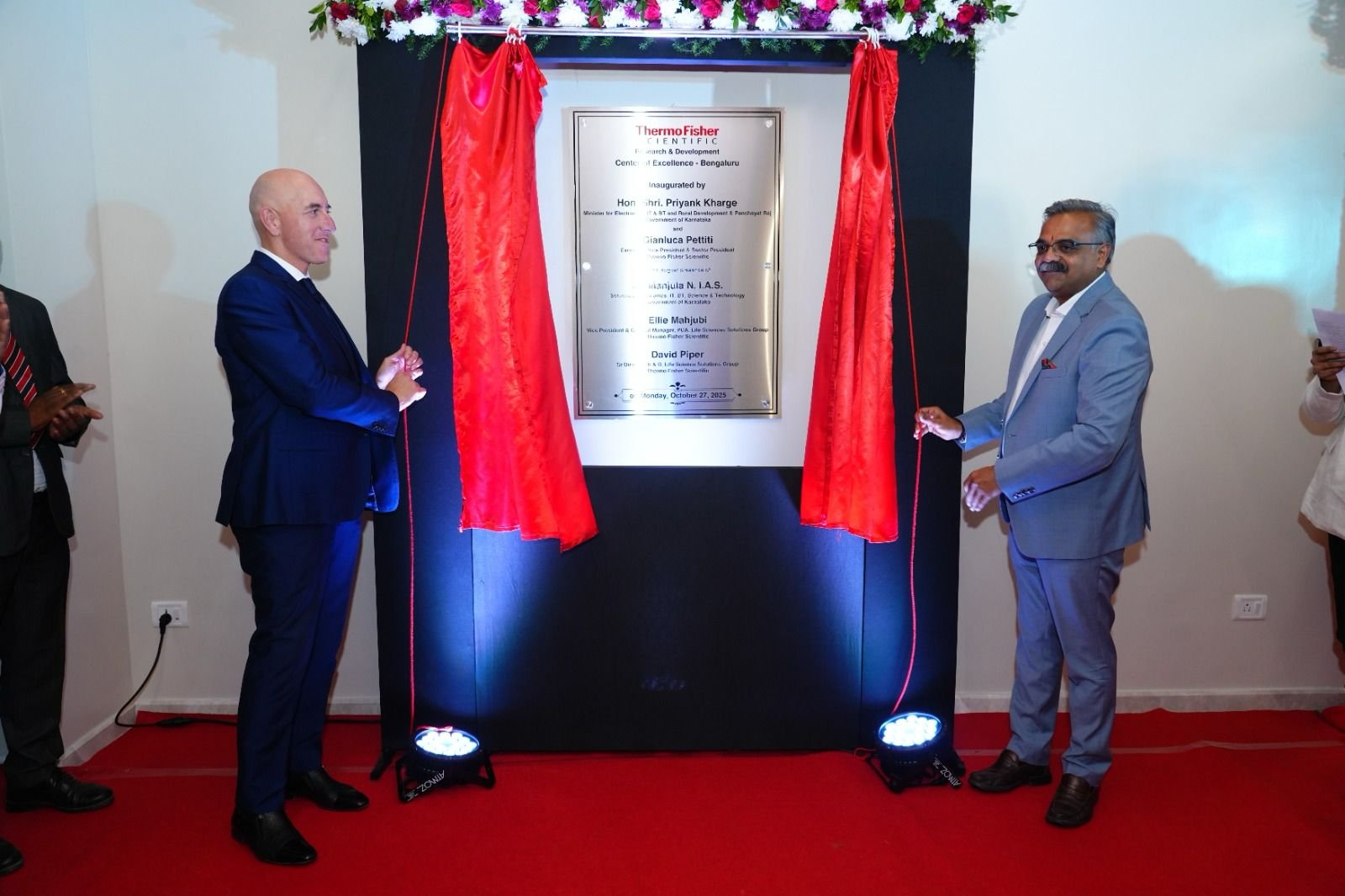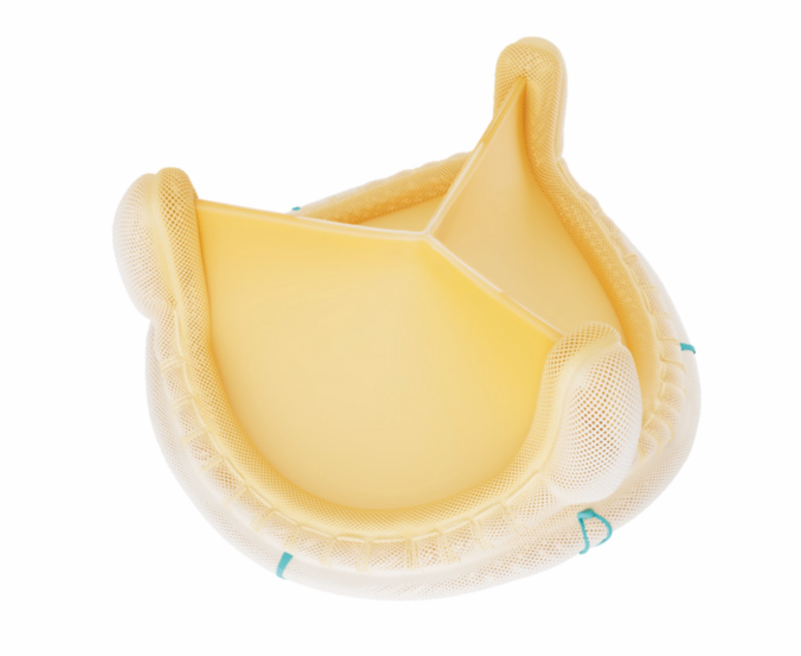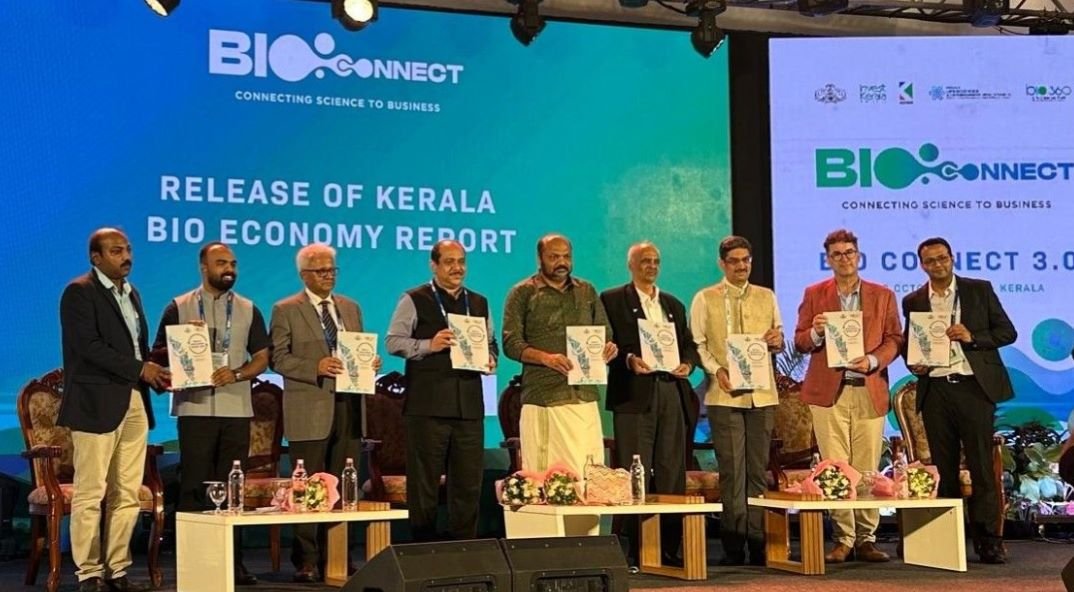Shimmer launches Version 2.0 of its NeuroLynQ™ Neuromarketing platform
April 19, 2019 | Friday | News
NeuroLynQ uses GSR to assess an audience’s nonconscious emotional response
Shimmer, a global leader in wearable technology for research applications has announced the launch of version 2.0 of its NeuroLynQ biometrics neuromarketing platform. NeuroLynQ uses scientifically-validated galvanic skin responses (GSR) to monitor an audience’s nonconscious emotional response to stimuli, such as a live performance or new advertising material. NeuroLynQ v2.0 features an entirely new analytics module.
GSR, also known as skin conductance, refers to changes in sweat gland activity, which reflect the intensity of participants’ emotional state – or ‘emotional arousal’.
NeuroLynQ permits an audience’s emotional response to be measured in real time in a real-world setting. It can provide results from up to 45 people simultaneously in a format that is easy to use and interpret.
“NeuroLynQ’s new analytics capabilities dramatically change the economics of analyzing biometric data, reducing the time required for neuromarketing data analysis from days and weeks to minutes and hours,” said Geoff Gill, president of Shimmer Americas. “For example, using a beta version, we calculated 1,380 summary metrics from 115 Super Bowl ads collected live in just six minutes allowing Ipsos to release their analysis before start of business the next morning. In another example, we completed a detailed multi-segment analysis of NeuroLynQ data collected during 36 sessions conducted on four days in three countries in four hours.”
Mr. Jones said, “We used Shimmer’s GSR+ sensor when we did this study, but I wish NeuroLynQ v2.0 had been available. We could have collected all our data in one session, instead of 22. We are really excited to see NeuroLynQ’s new analytic capabilities, which will dramatically streamline our data analysis.”
NeuroLynQ’s new analytics module provides several useful features: easy session aggregation and segmentation, peak counting, z-scoring, and enhanced export features.
These advances enable neuromarketing researchers to integrate seamlessly data from multiple sessions conducted at different times and locations to create detailed studies. They can also define their own demographics and segments, allowing them to analyze the data in innumerable ways. The addition of z-scoring metrics permits the aggregation of GSR signals, providing a quantitative measure of arousal. Enhanced export features enable tailored exporting of segments, event marks, and summary metrics.
“Researchers can also access the NeuroLynQ algorithms. NeuroLynQ provides complete transparency to ensure reliable results,” added Mr. Gill.









